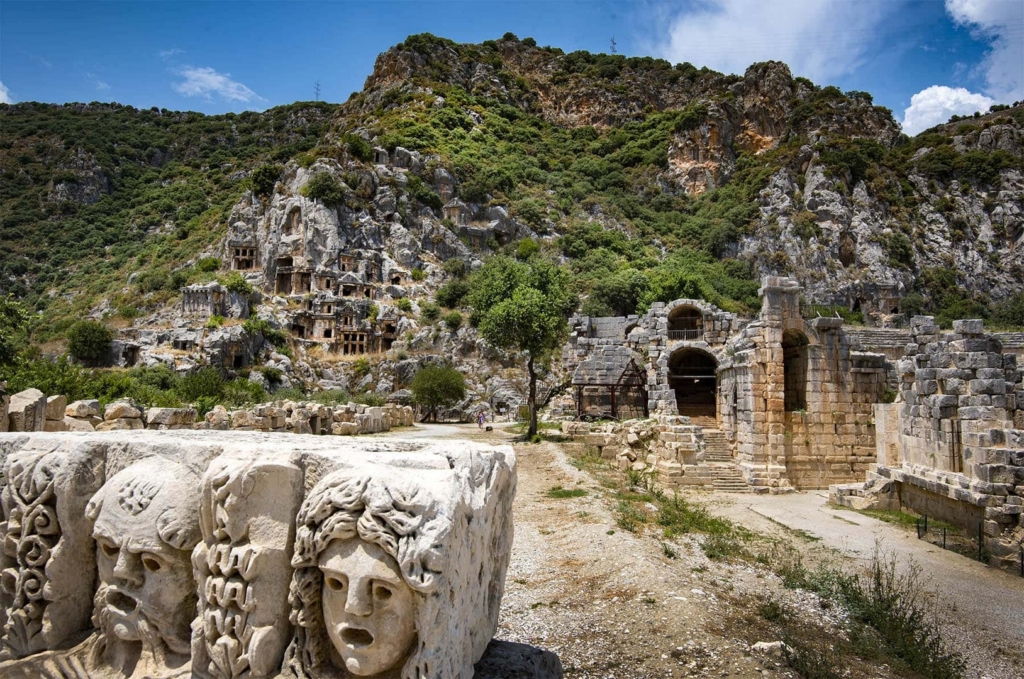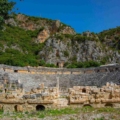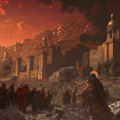Located in the modern-day district of Demre, Antalya, along the scenic southern coast of Turkey, Myra was one of the most prominent cities of the ancient Lycian League. Its strategic location, fertile lands, and access to maritime routes made it a vital urban center through various historical periods—from the Lycian era to Roman and Byzantine dominion. The city’s layered past reveals a story of cultural syncretism, resilience, and religious transformation.
Origins and Early Settlement
The earliest traces of Myra date back to at least the 5th century BCE, although some archaeological evidence suggests habitation as early as the 7th century BCE. It was originally a Lycian settlement, part of the Lycian League—a confederation of independent city-states that practiced an early form of democratic governance. Myra was one of the League’s six most important cities, granted three votes in the federal assembly.
The name “Myra” likely has Anatolian origins, possibly deriving from a local term meaning “the place of the Mother Goddess,” which is in line with the region’s early cultic practices.
Hellenistic and Roman Influence
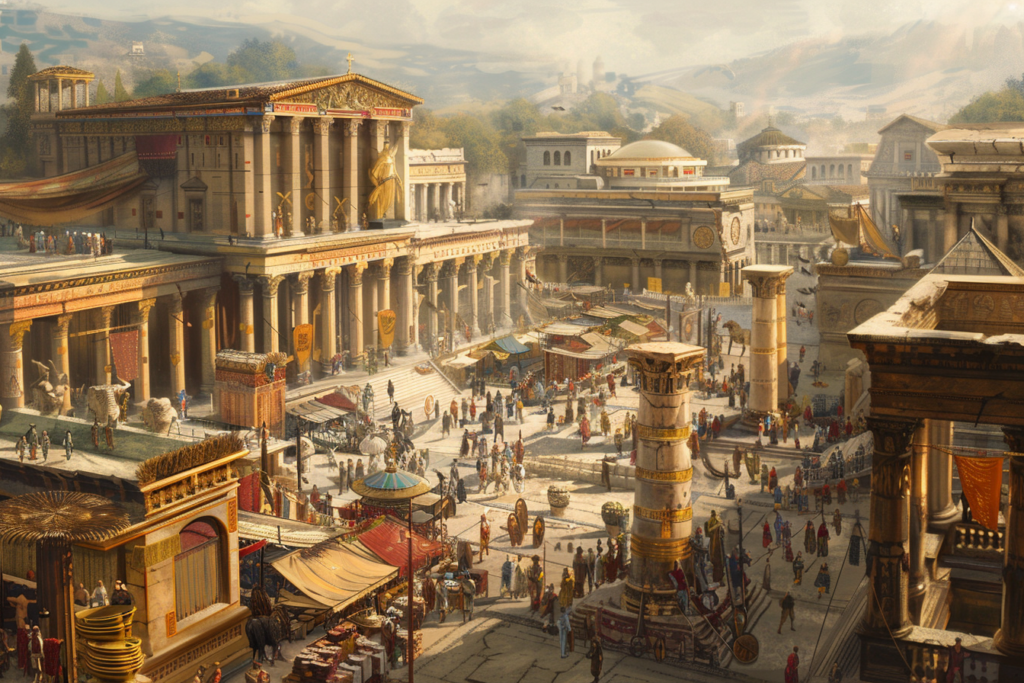
Under Hellenistic rule, Myra continued to thrive, but it was during the Roman Empire, particularly from the 1st to the 3rd centuries CE, that Myra reached its peak in urban development, economic prosperity, and cultural integration.
During this period, the city was adorned with monumental architecture:
- A large Roman theater, one of the largest in Lycia, still remarkably preserved today.
- Lavish public baths, agoras, and temples.
- Elaborate rock-cut tombs, carved directly into the limestone cliffs—iconic symbols of Lycian funerary art.
Myra’s location on the Andriake River, near the Mediterranean, turned it into a critical harbor city. Its port, Andriake, facilitated trade and grain shipments, especially during times of famine in other parts of the empire.
The Byzantine and Christian Era
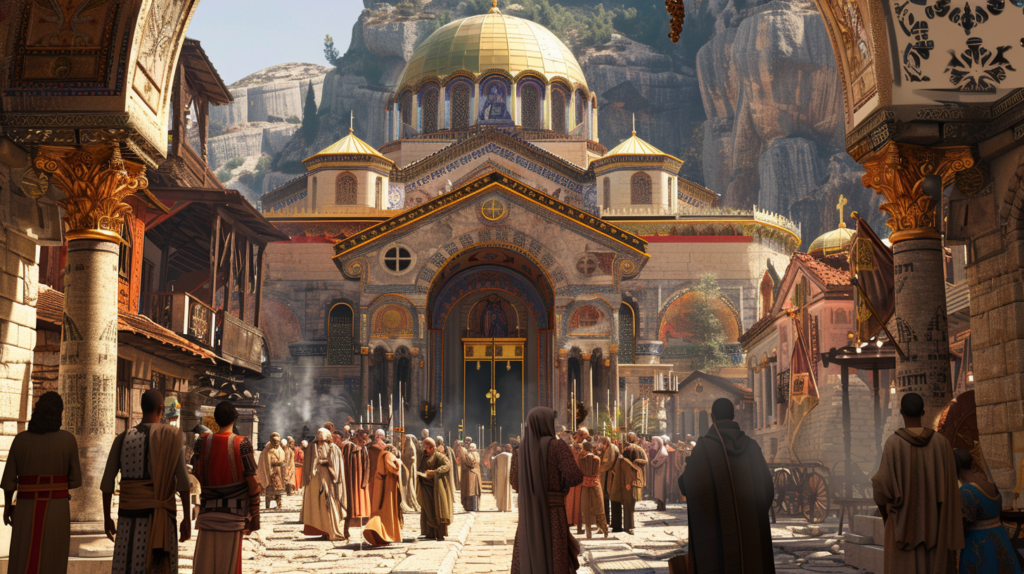
Myra’s prominence continued into the Byzantine era, particularly as a center of early Christianity. The city gained religious significance in the 4th century CE with the arrival of Saint Nicholas, who served as the Bishop of Myra.
Saint Nicholas of Myra, also known as Nicholas the Wonderworker, became renowned for his generosity, miracles, and protection of children and sailors. After his death, his tomb became a popular pilgrimage site, eventually evolving into the legend of Santa Claus.
The city’s religious prestige grew, and Myra became the metropolitan seat of Lycia, overseeing several smaller dioceses in the region. Several churches were built, including the now-famous Church of St. Nicholas, constructed in his honor.
Decline and Abandonment
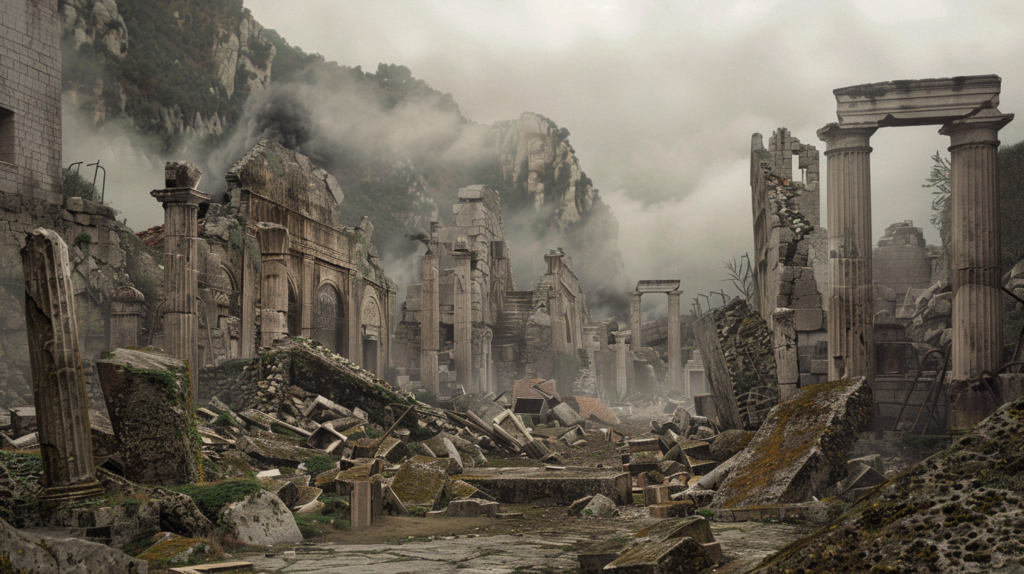
Beginning in the 7th century, Myra began to decline due to a series of factors:
- Arab raids, which plagued the coastal regions of Anatolia during the early Islamic conquests.
- Earthquakes and flooding, which repeatedly damaged the infrastructure and changed the course of the Myros River.
- The gradual silting of the harbor at Andriake, making maritime trade increasingly difficult.
By the 12th century, Myra had lost much of its population and influence. Its ecclesiastical authority was diminished, and the bishopric was eventually moved elsewhere. The remaining population either migrated inland or was absorbed into nearby settlements.
Archaeological Rediscovery
The ruins of Myra remained largely buried until the 19th and 20th centuries, when European travelers and archaeologists began documenting the site. Excavations revealed:
- The magnificent rock-cut tombs, some with inscriptions in the Lycian language.
- The grand theater, which could seat over 10,000 spectators.
- Remains of Roman baths, aqueducts, and Byzantine-era basilicas.
Today, Myra is one of Turkey’s most visited archaeological sites, attracting both scholars and tourists intrigued by its unique blend of Lycian, Roman, and Christian heritage.
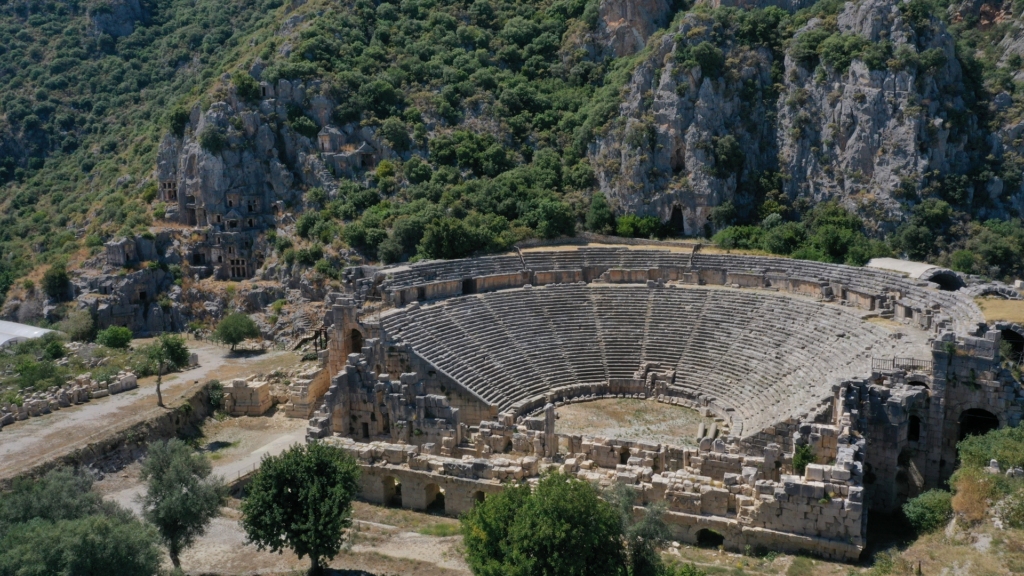
Legacy
Myra stands as a testament to the multilayered history of Anatolia—a region where East meets West, and where ancient pagan beliefs gradually gave way to Christianity. It reflects the ingenuity of Lycian engineering, the grandeur of Roman urbanism, and the spiritual legacy of early Christianity.
Its enduring structures and stories continue to fascinate modern audiences, offering a portal into the ancient world and the evolving human story of belief, culture, and resilience.
